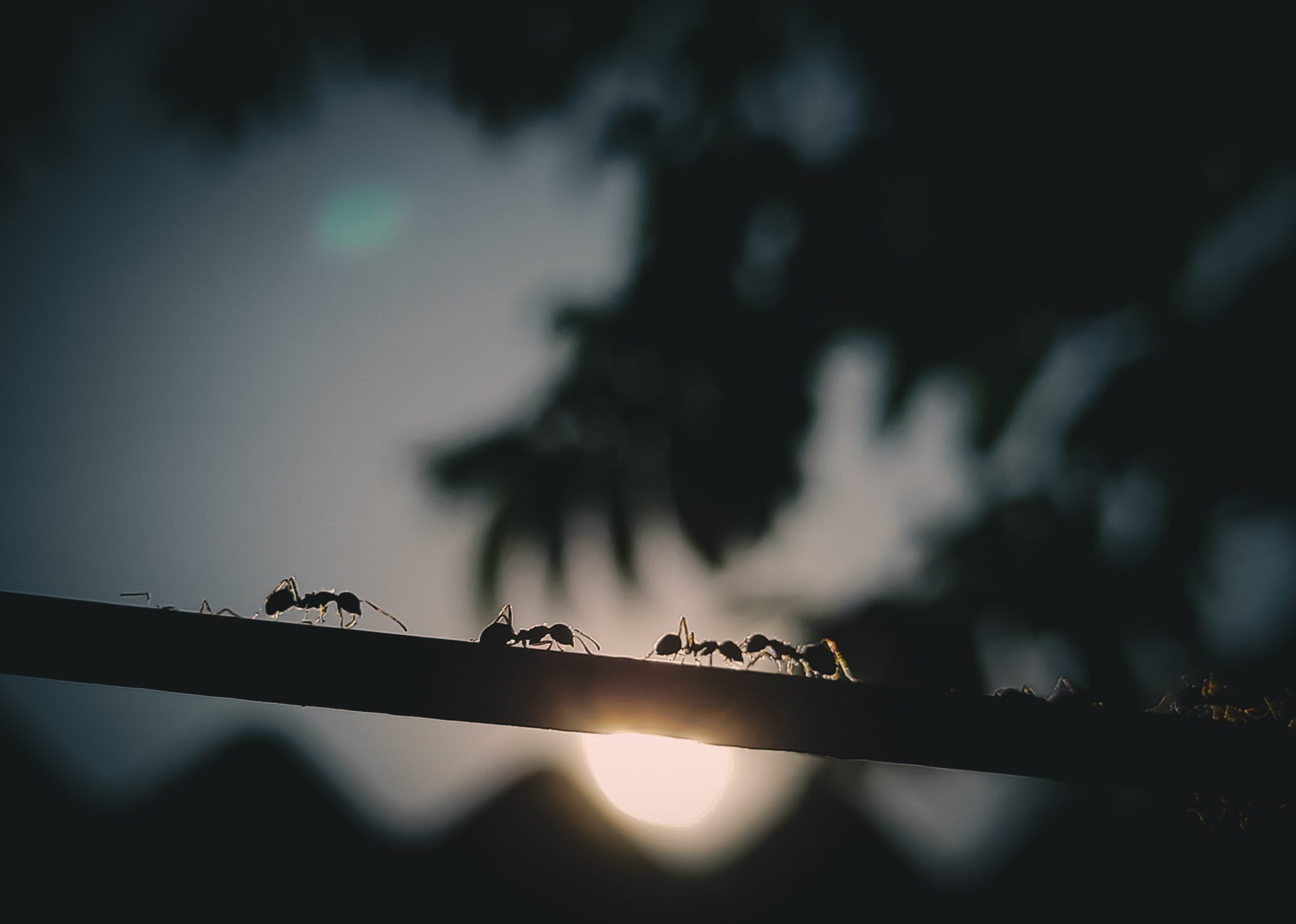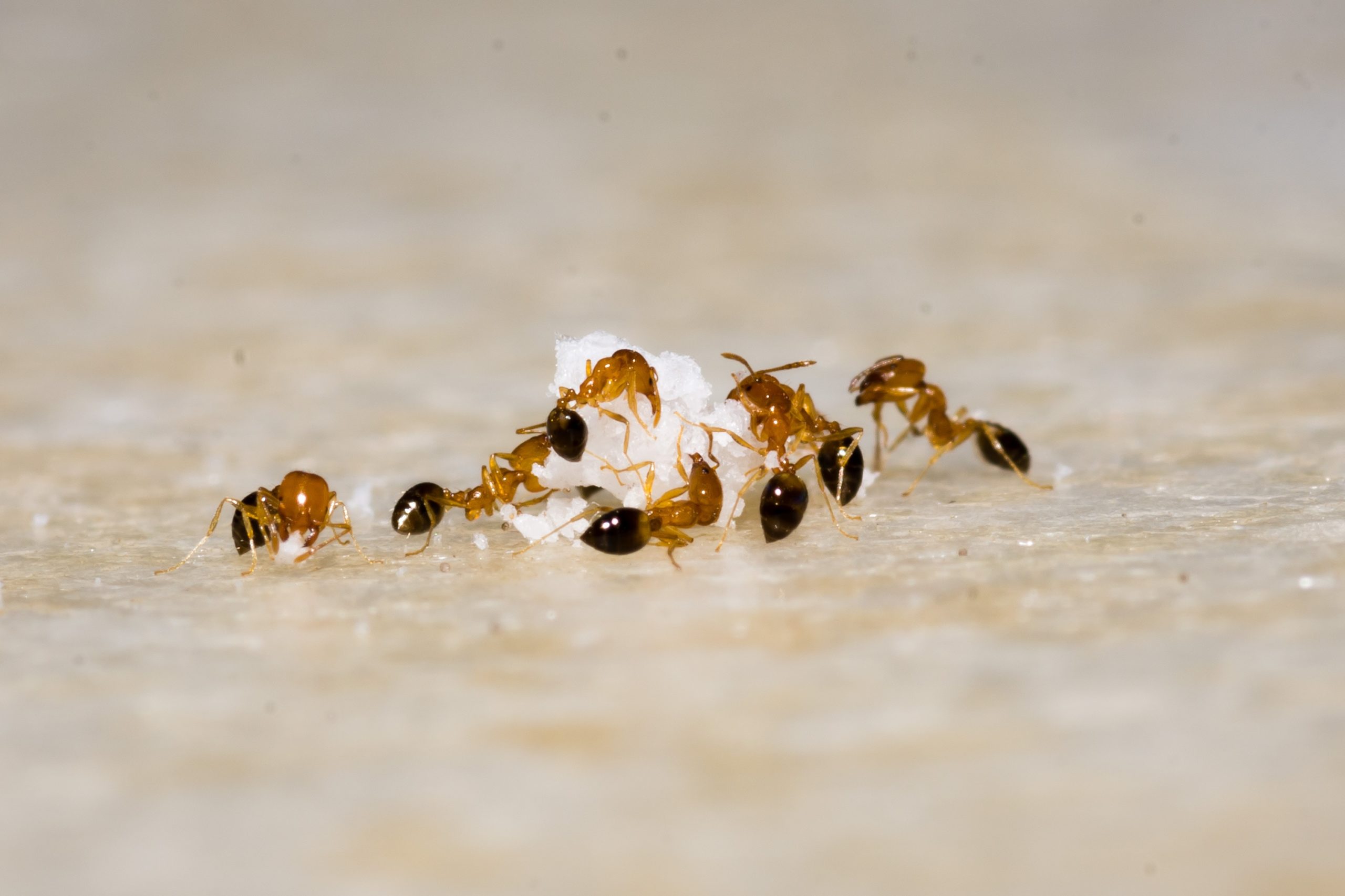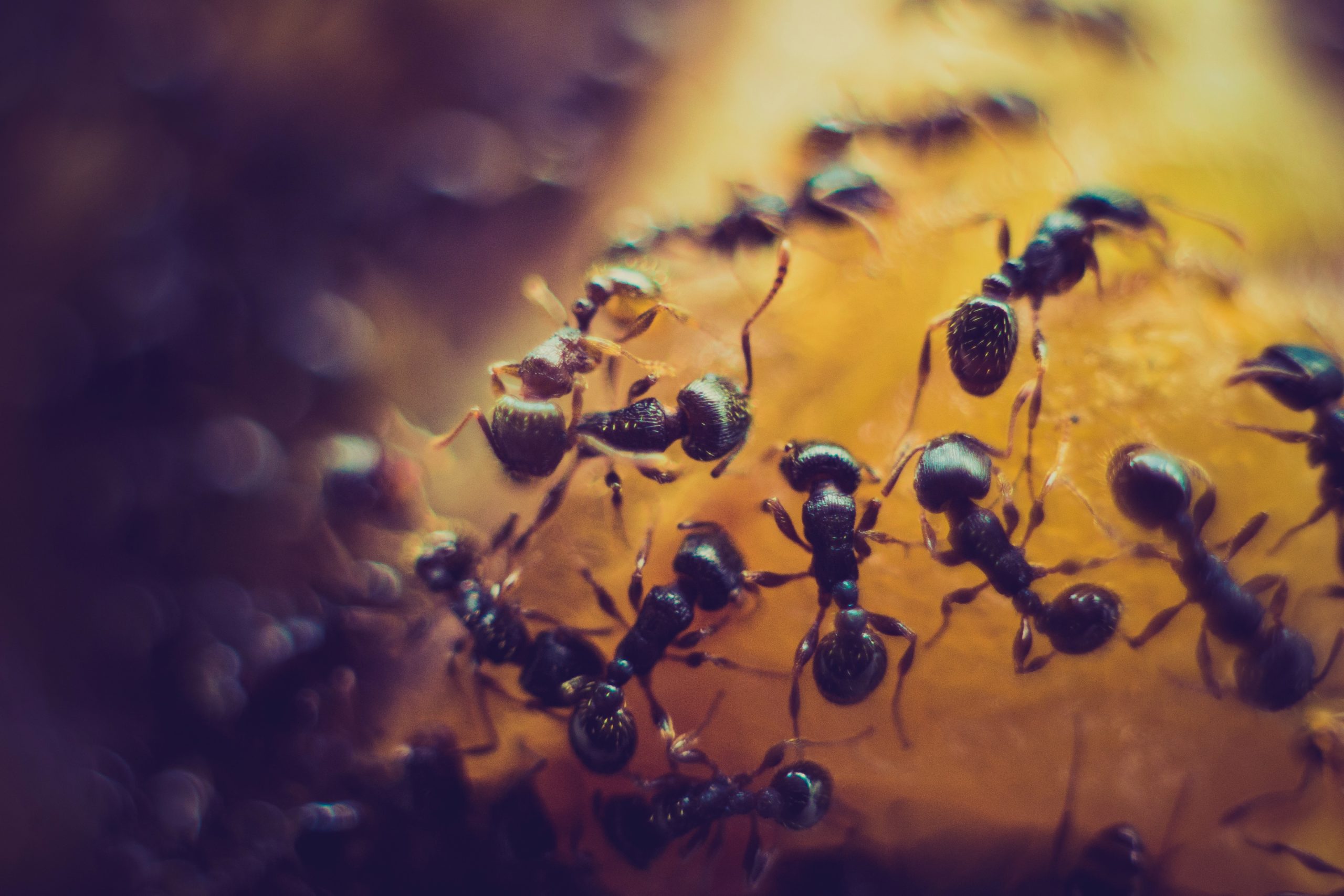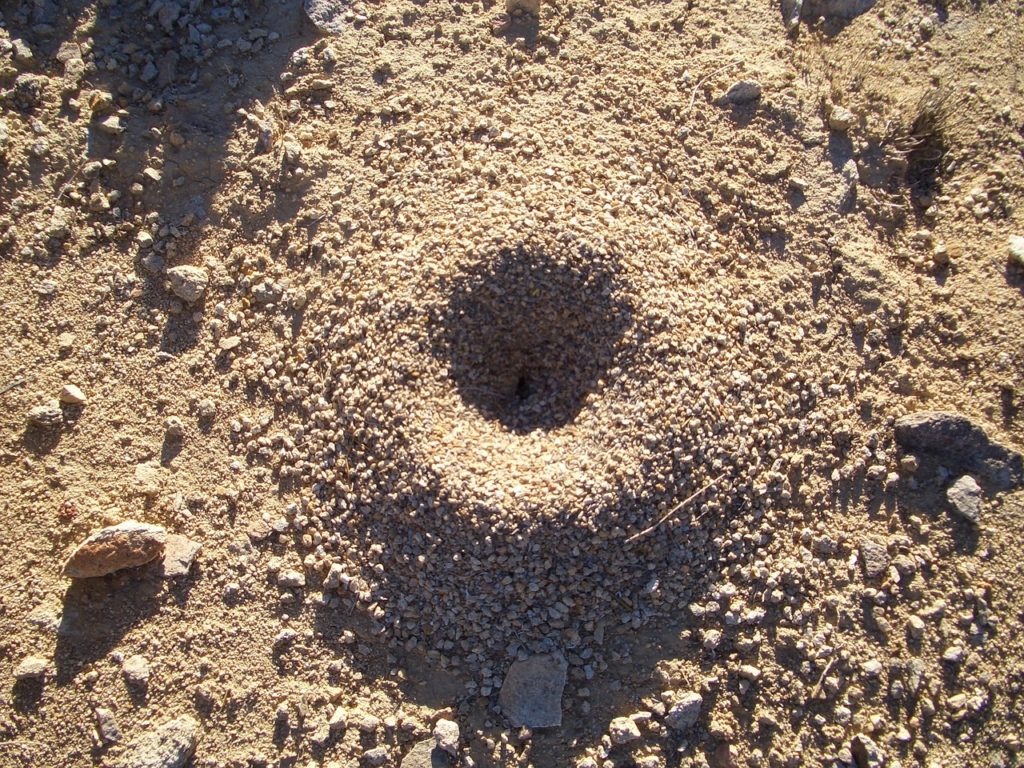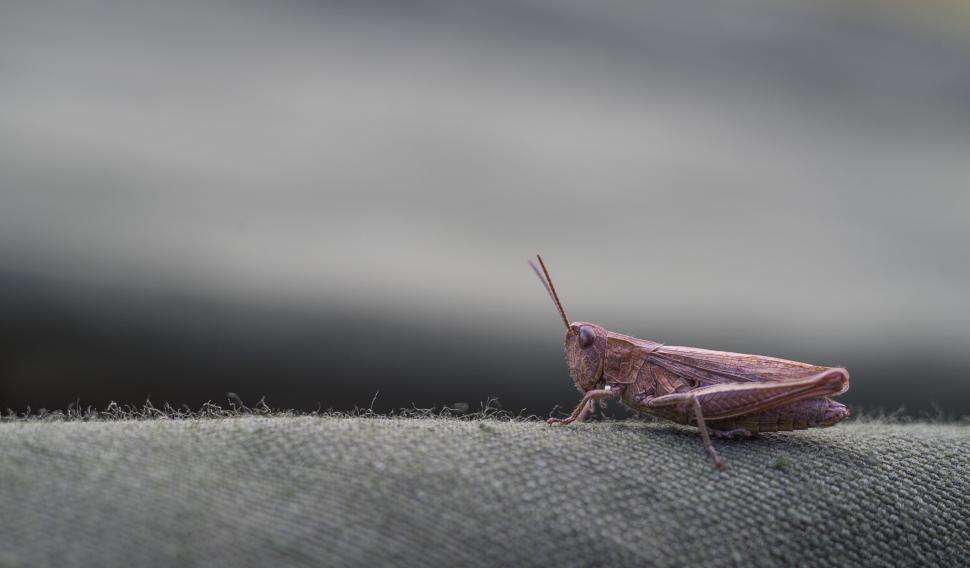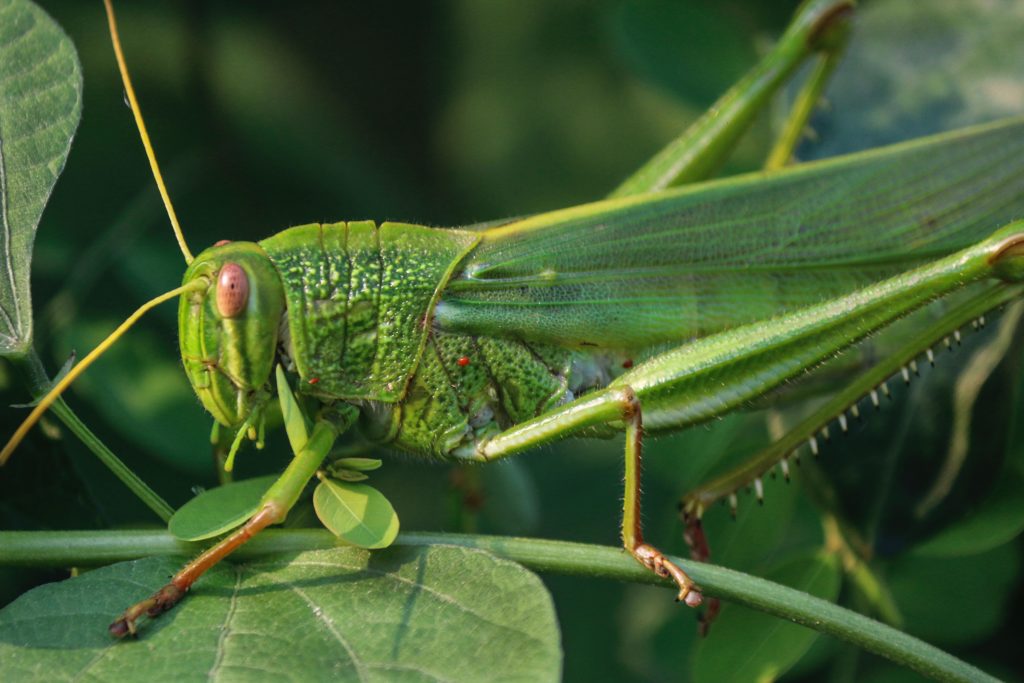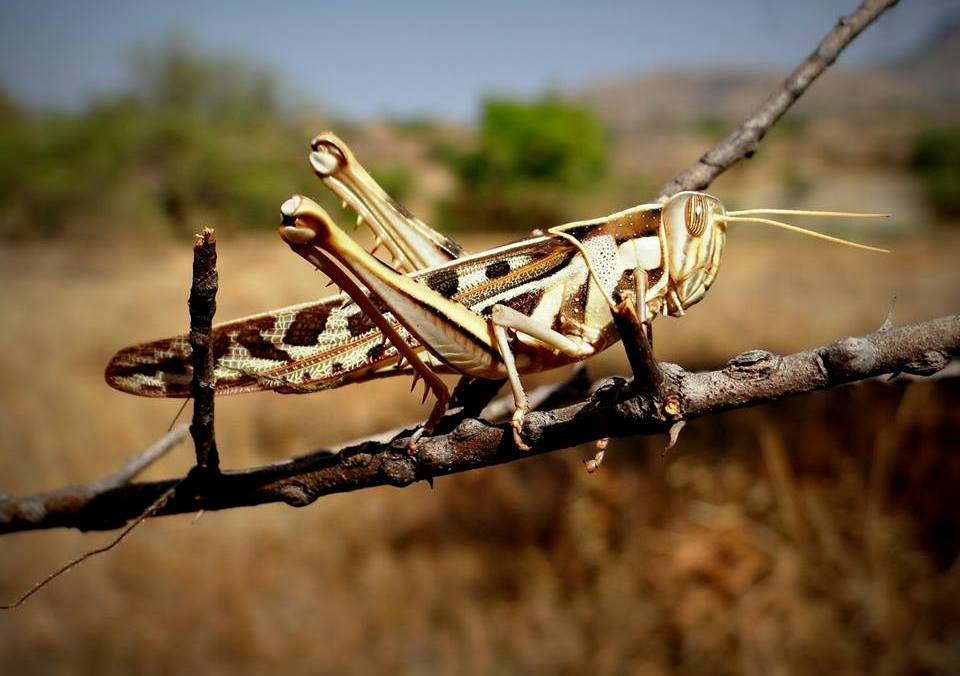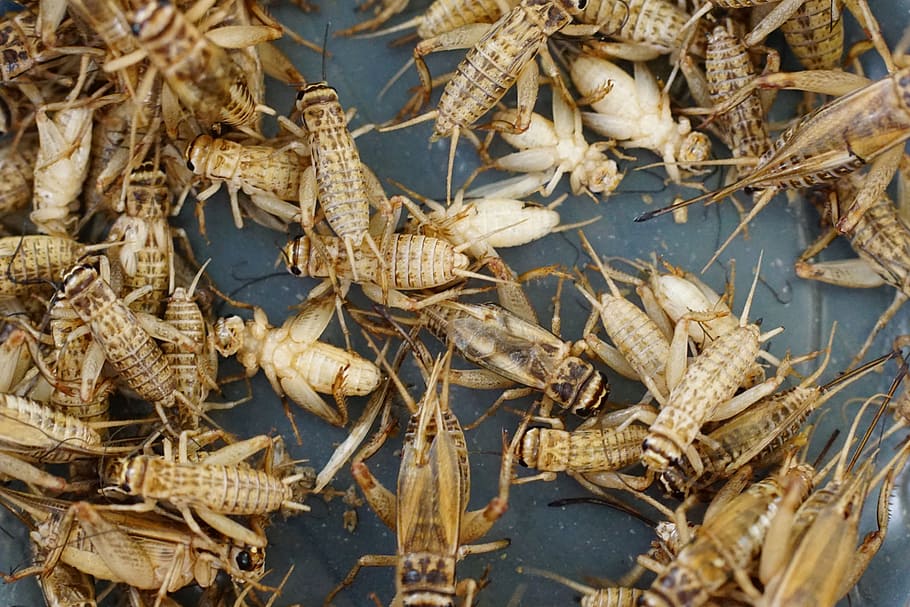Ants in the bathroom: Why do they invade this food-free space? It can be frustrating when you’re seeing ant trails in your sink, around the toilet, or along the shower grout. The good news is, you can banish ants from this relatively small area of your home by following a few tips:
- Keep the bathroom squeaky clean
- Try natural home remedies
- Locate and seal off entry points
- Try ant bait and insecticides
- Learn when to call in the big guns
Let’s get started so you can enjoy an ant-free lavatory!
Why Ants Are Attracted to the Bathroom

You probably understand why ants tend to congregate on your kitchen counters and pantry floor: There are often crumbs and various food residue. In the bathroom, however, you generally won’t have food particles. So, what’s the deal?
Bathrooms are often warm and damp, which is attractive to ants. They are usually in search of water, and your bathroom provides plenty of it. In addition, items like toothpaste and some scented soaps can be attractive to ants.
Another reason ants enter the bathroom is that access is fairly simple. There are often tiny cracks or gaps around plumbing, and the moisture in a bathroom can warp wooden window sills, leaving tiny entry points. Even if the critters don’t want to stay in the bathroom, it’s often the first place they go when they come into the house.
Maintain a Pristine Space
Maintaining a clean and dry bathroom is going to be your first line of defense against the ant infiltration. If there is no moisture and no tantalizing morsels of toothpaste and such, the ants won’t bother sticking around.
First, wipe down surfaces frequently. This mainly applies to the sink, where you’re using toothpaste, mouthwash, and soaps. Using disinfecting wipes after you use the sink area is a quick and effective way to ensure there’s no residue.
Also, look for any leaks. If there’s a dripping faucet or a pipe with condensation, that’s a water source that could attract ants. Be on the lookout for moisture and eliminate it.
Finally, store personal care products like lotions and toiletries in airtight containers so the fragrances don’t lure in ants.
Locate and Shut Down the Entry Points

While you’re examining your bathroom for things that could be attracting ants, you’ll want to take a look around for potential entry points.
Check all around the windows, doors, and plumbing fixtures for potential gaps and cracks. If you are seeing ant trails, you might be able to discern where they’re coming in. It might be under a baseboard along the floor.
Use silicone caulk to seal these areas. You can run a bead of caulk along the floor where the baseboard or molding touches it, as well as along where the plumbing pipes enter the room from outside the house.
Give DIY Remedies a Shot
There are some natural items you can use to repel ants. This might be enough to discourage the casual six-legged wanderer from meandering into your bathroom, though it might not be enough for a true infestation. Try one or more of the following:
- Vinegar: You can use vinegar to clean your bathroom; just mix equal parts of water and white vinegar, then add a tablespoon or two of your favorite dishwashing liquid (that you’d use to hand wash dishes, not dishwasher detergent). Shake gently to mix, then use that as an all-purpose cleaner in your bathroom. You can also just spray vinegar water along the areas where ants are coming in.
- Citrus peels: Peel oranges, grapefruits, or lemons and leave the peels near the entry points. You can also soak them in a bottle of vinegar water, then use that to spray around the bathroom. Ants dislike citrus oils, which are in the peels.
- Cinnamon: You can sprinkle cinnamon under your sink, on the floor of your linen closet, and in other hidden areas.
- Peppermint or tea tree oil: These essential oils are good ant repellents. Add a few drops to a spray bottle full of water and spray liberally around the bathroom. Don’t do this if you have pets who spend time in the room, though, as they’re not pet-friendly.
Visit Your Local Hardware Store for Ammunition

If natural remedies aren’t enough, you can go to your local hardware store (or grocery or discount store, in most cases) to get more ammo to use against the ants.
Ant bait stations are good to use near where the ants tend to hang out. You can also put them near entry points, if you can find them. These stations contain bait, which the ants will carry back to their nests. Over time, the other ants, including the queen, will eat the poison, and that will eliminate the colony. Once you start using ant bait stations, don’t kill ants that you see in the vicinity, as you want to let them carry the bait back to the nest.
Insecticides are another option. You can spray the ant killer in areas where you’re seeing ants, and it should kill them on contact. This is a less effective option than using ant bait stations, though. Also, they can be dangerous to use around family members and pets, so be sure to read the instructions carefully.
Know When It’s Time to Consult With the Experts
If you’re having issues in various rooms of the home, it’s best to contact a professional exterminator. Also, if you’ve been trying with DIY methods and store-bought solutions and you’re still seeing ants, a pest control expert will have stronger and more effective tools and methods to deal with the infestation.
You will be able to defeat ants in your bathroom. It just takes some patience, a good bit of cleaning and upkeep, and maybe some products or a professional.

